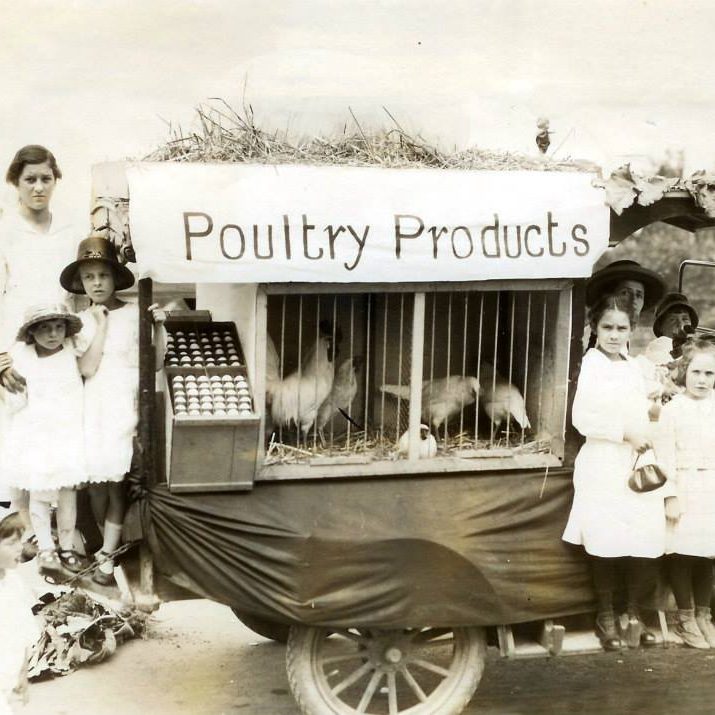In 1833, the vast and uncharted beauty of what is now Puyallup, WA, caught the eye of the first European explorer, Dr. Tolmie. Enchanted by a riverbed overflowing with log jams, and land adorned with a thick blanket of old-growth forests and ferns reaching heights of up to eight feet, Dr. Tolmie’s discovery painted the picture of an area teeming with potential. However, it wasn’t until 1878, amidst the towering forests and challenging terrain, that the Kopfer family, after six months of secluded living, stumbled upon a burgeoning community just a stone’s throw from their homestead on the south hill, known as Puyallup. Founded some 25 years earlier, the story of Puyallup began as a tale of surprising proximity and hidden communities emerging amidst nature’s grandeur.
The transformative journey of Puyallup from rugged wilderness to a thriving community is marked by the resilience and ambition of its early settlers. Post the controversial Medicine Creek Treaty, and amidst the Native American War of 1855-56, many fled for safety, yet the spirit of settlement persisted. It was in this era of uncertainty that Ezra Meeker, initially doubtful, was persuaded to take another look at the valley. His endeavors would not only spearhead the settlement efforts but also lay the foundational stones for Puyallup’s economic revolution, pivoting from a place once dismissed to a community poised for growth.

- The evolution of farming in Puyallup, from hops to poultry. Source: puyallupmainstreet.com
The economic landscape of Puyallup saw a profound transformation, beginning with the hop industry under the stewardship of Charles Wood and notably, Ezra Meeker, who would later earn the title “Hop King of the World.” This agricultural boom attracted labor far and wide, intertwining the destinies of Native Americans, Chinese immigrants, and local families. However, the arrival of hop lice in 1891 was a devastating blow, extinguishing the hop industry almost overnight. This calamity forced the community to innovate, turning their efforts towards berry farming which eventually redefined the valley’s agricultural identity and set the stage for the diversified economy that Puyallup enjoys today.
Alongside its economic evolution, Puyallup’s dedication to education and community development took form early on. From the pioneering days of the first school in a blockhouse, the community has always placed a high value on education—a sentiment that echoes through today with the presence of 31 schools within the district. This emphasis on learning and development is a testament to the town’s growing needs and its commitment to nurturing future generations.
The official birth of Puyallup as a city intertwined closely with the success of the hop industry and the visionary efforts of Ezra Meeker. Through his pioneering town planning and subsequent contributions by fellow settlers, Puyallup was shaped into a legal entity, albeit after overcoming legal hurdles that questioned its incorporation. The laying out of streets, building of infrastructure, and establishment of community guidelines marked the physical and legal structuring of a budding community, setting a precedent for thoughtful urban development in the decades to follow.
Even as Puyallup evolved, the heart of its community activities took root in its rich agricultural heritage. Berry farming post the hop lice disaster, the establishment of the Puyallup and Sumner Fruit Growers Association, and the advent of canneries underscored the town’s adaptive spirit. Moreover, the captivating allure of the Western Washington Fair and the Daffodil Festival annually breathe life into Puyallup’s streets, celebrating its agricultural past while inviting locals and visitors alike to partake in a legacy that continues to define the city.
Puyallup’s story is a compelling narrative of transformation—of land, hope, and collective growth. What once stood as a dense, untamed wilderness has flourished through the centuries into a thriving, vibrant community. Its rich history, from the early settlers’ daunting challenges to the prosperous adaptation in agriculture, and the fostering of educational and cultural institutions, paints a striking portrayal of resilience and unity. As Puyallup marches forward, it continues to honor its intricate past, welcoming all to share in the beauty and bounty of this remarkable city.

